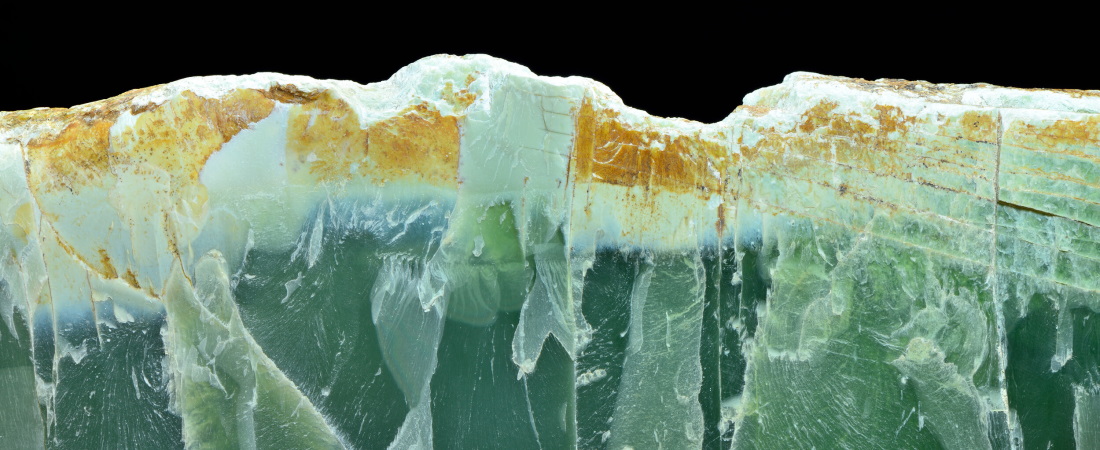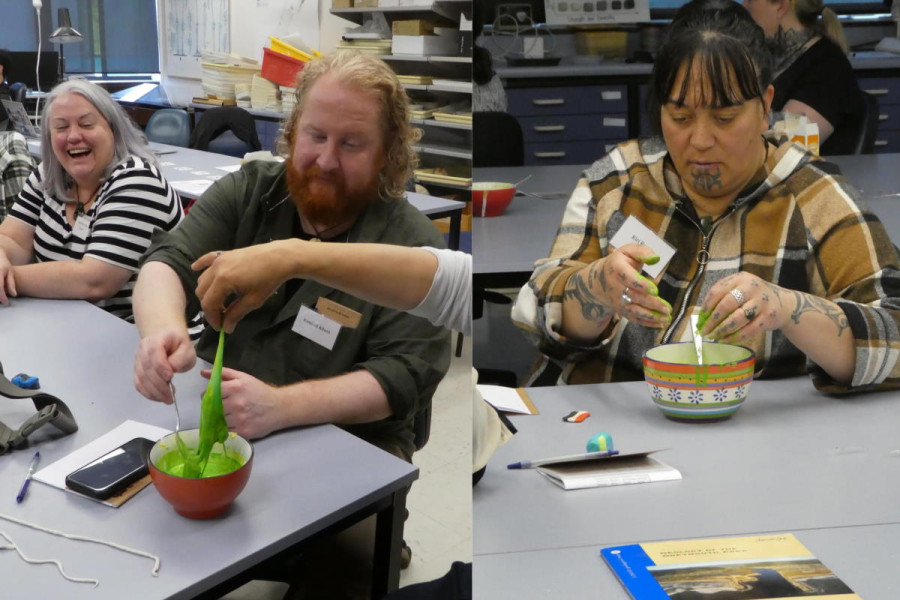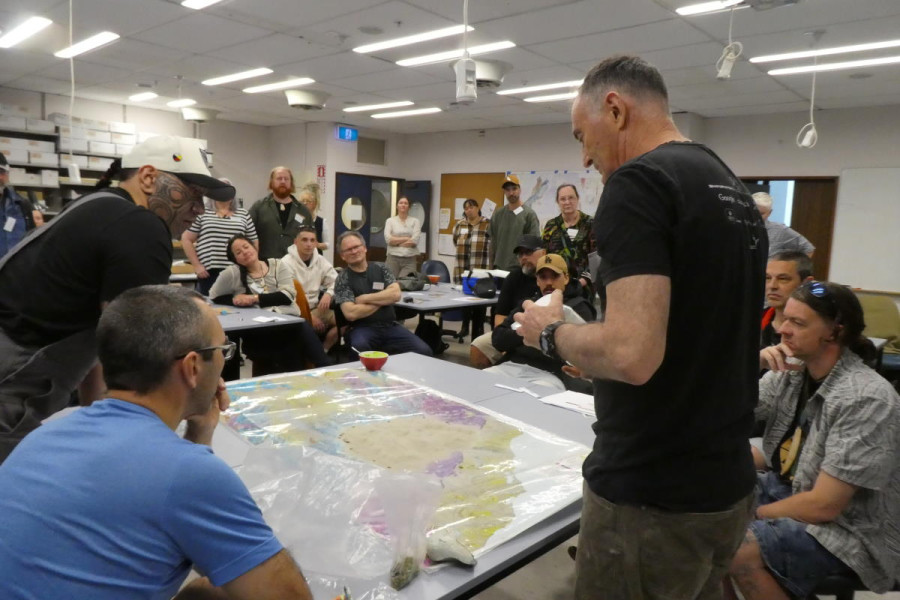The Inside Pounamu Laboratory/Workshop/Hui was hosted by the Marsden-funded “Why is pounamu tough?” research team in partnership with Te Rūnanga o Ngāi Tahu. It offered a rare opportunity to deepen collective understanding of one of Aotearoa’s most treasured taonga through hands-on experimentation and cultural exchange.
Pounamu, or nephrite jade, is renowned for its toughness, despite being composed of minerals of only moderate hardness. Understanding why has long intrigued both carvers and scientists. Over two days, participants engaged in lectures, hands-on experiments, and targeted discussions to explore the stone’s properties and origins.
"In Aotearoa, pounamu is a tāonga and the subject of much mātauranga and the project has been built on over nearly two decades of pounamu research together with Ngāi Tahu,” said Dr. Simon Cox, Earth Process Scientist.
Highlights of the hui included:
- Lectures on jade science, formation processes, and high-resolution testing methods.
- Interactive stations where carvers examined pounamu under microscopes, measured its density and sound properties, and analysed its chemistry using advanced tools.
- Discussions on traditional use, sustainability, and the effects of treatments like oiling and heat.
- Carvers shared their lived experience on how they assess quality, what makes a stone “carvable,” and the subtle cues they rely on.
- Learnings to improve the carver’s ability to read the stone – meaning there’s less waste and better, more delicate carving.
These insights are now helping scientists interpret physical data and refine their understanding of pounamu’s unique characteristics. As well as improving carving and decreasing waste when stone is cut, one day the knowledge may lead to adapting pounamu’s internal characteristics into development of other tough new materials.






